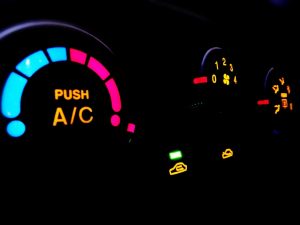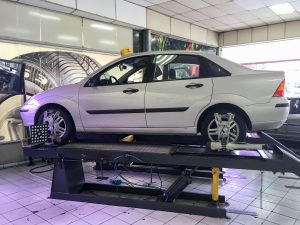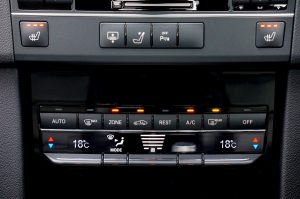Contents
Pollen filter: function
Pollen filter ranges
Replacing pollen filters
The pollen filter, also known as the “cabin filter” (a more accurate term, as it does not reduce the filter to a barrier against spring pollen), is one of the elements contributing to vehicle comfort and the health of occupants. We tell you everything about this essential accessory, especially for the proper functioning of your car’s air conditioning.
Pollen filter: function
Our modern vehicles are not models of clean air spaces. Indeed, the confined interiors, the air that is difficult to renew, and the evolution in contaminated environments (natural dust, industrial and city pollution, etc.) make the presence of the cabin filter indispensable.
The pollen filter is placed in the heating/air conditioning unit to filter the incoming air. Its role is to filter impurities from the air, which are mainly:
Fine particles: resulting from the combustion of car engines (soot) and industrial activities are harmful to health. They settle in the lungs, causing respiratory diseases and, for some, cancerous diseases.
Dust of plant origin (pollens): they are the cause of allergic disorders, the best known of which is “hay fever”.
Good to know: a cabin filter in good condition retains 90% of particles.
Pollen filter ranges

Simple cabin filter
The single cabin filter is made of a non-woven synthetic filtering material, folded in an accordion shape, to filter a maximum surface of air.
The price ranges from $8 to $15.
Activated carbon cabin filter
In addition to the filtering material, this filter has a layer of activated carbon. Activated carbons eliminate odours and harmful and unpleasant gases (hydrocarbons, sulphur dioxide, nitrogen oxide, ozone and outside fumes, etc.).
This type of cabin filter is slightly more expensive ($10 to $25), more effective, and particularly recommended. All the historical equipment manufacturers (Mann+Hummel, Valeo, Mahle, and Purflux…, original parts suppliers) offer it.
Polyphenol cabin filter
This type of filter has a special layer of polyphenol. This substance, derived from certain plants (notably grapes), is an aromatic compound that is supposed to prevent the growth of microorganisms and keep allergens away from the cabin.
Good to know: the use of air conditioning, stale air and variations in humidity is a favourable environment for the development of bacteria, germs and moulds.
Do polyphenol filters fulfill this mission? According to a study carried out by a manufacturer of air-conditioning systems, the promises of these filters are not verified. On the other hand, they are 20-30% more expensive than activated carbon filters.
Replacing pollen filters
Frequency of replacement
The frequency of filter replacement depends on the driving conditions: on a vehicle that travels in urban areas, especially in large cities, the filter must be changed frequently. To be convinced of this, it is sufficient to observe the condition and colour of a freshly removed filter: it has changed from its original white colour to a pronounced black, revealing the pollution in the air.
More precisely, if the manufacturer recommends replacing the cabin filter every 15,000 to 20,000 km, it seems wiser to check it once or twice a year.
Accessibility of the filter
The cabin filter is generally accessible. It is located upstream of the heating unit and can be replaced:
either through the engine compartment under the windshield;
or through the passenger compartment on the glove box side.
Note: to find out where it is located, it is advisable to consult the vehicle’s technical documentation (sometimes, an explanatory diagram is attached to the new filter).
If changing the cabin filter seems tedious, do not hesitate to call a car air conditioning professional near you.




